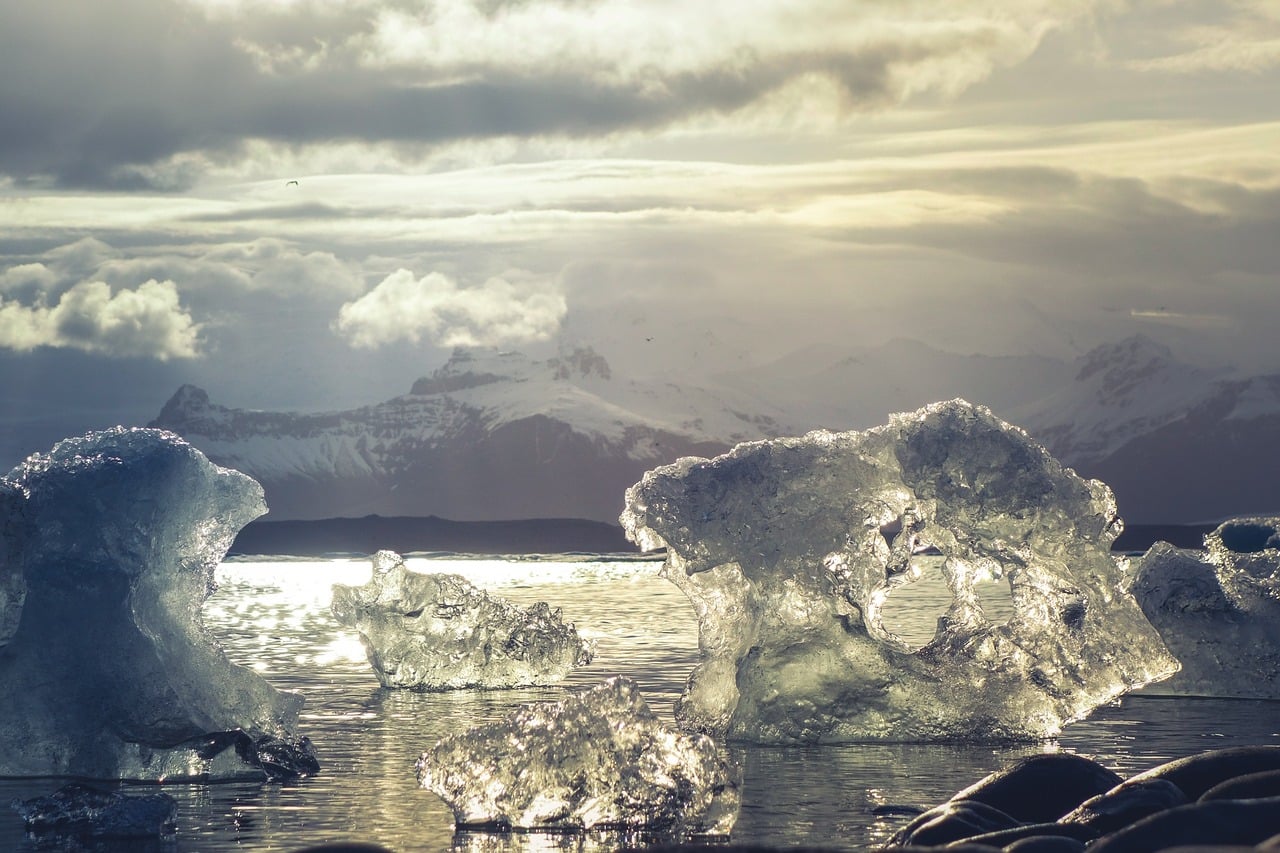According to new research, plants in the Arctic are becoming taller due to human-induced climate change and rising temperatures. The new research was conducted by a global scientific collaboration led by the University of Edinburgh.
Even though many think the Arctic region is coated in thick ice and snow, there are some vast landscapes of low-lying shrubs, grasses and many other small plants that are important for different processes like carbon cycling and energy balance. However, experts who monitor the polar region discovered that the effects of climate change cause plants in the Arctic to grow taller than others, saying that plant height across the tundra has greatly increased in the last 30 years.
The southern parts of the Arctic are covered in taller species of plants that continue to spread. For example, the vernal sweetgrass commonly found in the lower parts of Europe has now moved north toward the Arctic in Iceland and Sweden.
Dr. Isla Myers-Smith of the School of Geosciences at the University of Edinburgh and Dr. Anne Bjorkman from the Senckenberg Biodiversity and Climate Research Centre (BiK-F) in Frankfurt conducted research with an international team of 130 scientists for the Natural Environment Research Council (NERC) project. The team collected and analyzed more than 60,000 data observations from hundreds of different sites in the Arctic and alpine tundra. They published the findings from their study in the journal Nature.
“Rapid climate warming in the Arctic and alpine regions is driving changes in the structure and composition of plant communities, with important consequences for how this vast and sensitive ecosystem functions,” Bjorkman said in a statement. “Arctic regions have long been a focus for climate change research, as the permafrost lying under the northern latitudes contains 30 to 50 percent of the world’s soil carbon. If taller plants continue to increase at the current rate, the plant community height could increase by 20 to 60 percent by the end of the century.”
Myers-Smith said, “Quantifying the link between environment and plant traits is critical to understanding the consequences of climate change, but such research has rarely extended into the Northern hemisphere, home to the planet’s coldest tundra ecosystems. This is the first time that a biome-scale study has been carried out to get to the root of the critical role that plants play in this rapidly-warming part of the planet.”
The team has now created a large, comprehensive set of data about plants in the Arctic. The data was collected from sites in Alaska, Canada, Iceland, Scandinavia and Russia. The team also included alpine sites in the European Alps and Colorado Rockies in their research.
The team discovered that only the height of the plants was increasing over times. The traits of the plants were influenced by moisture levels and temperature due to climate change.
Myers-Smith said, “While most climate change models and research have focused on increasing temperatures, our research has shown that soil moisture can play a much greater role in changing plant traits than we previously thought. We need to understand more about soil moisture in the Arctic. Precipitation is likely to increase in the region, but that’s just one factor that affects soil moisture levels.”
According to Helen Beadman, head of polar, climate and weather at NERC, further research should focus on improving the way Arctic and alpine vegetation act as a result of climate change and taking the necessary steps to keep plants in the Arctic from growing even taller than they already are.





